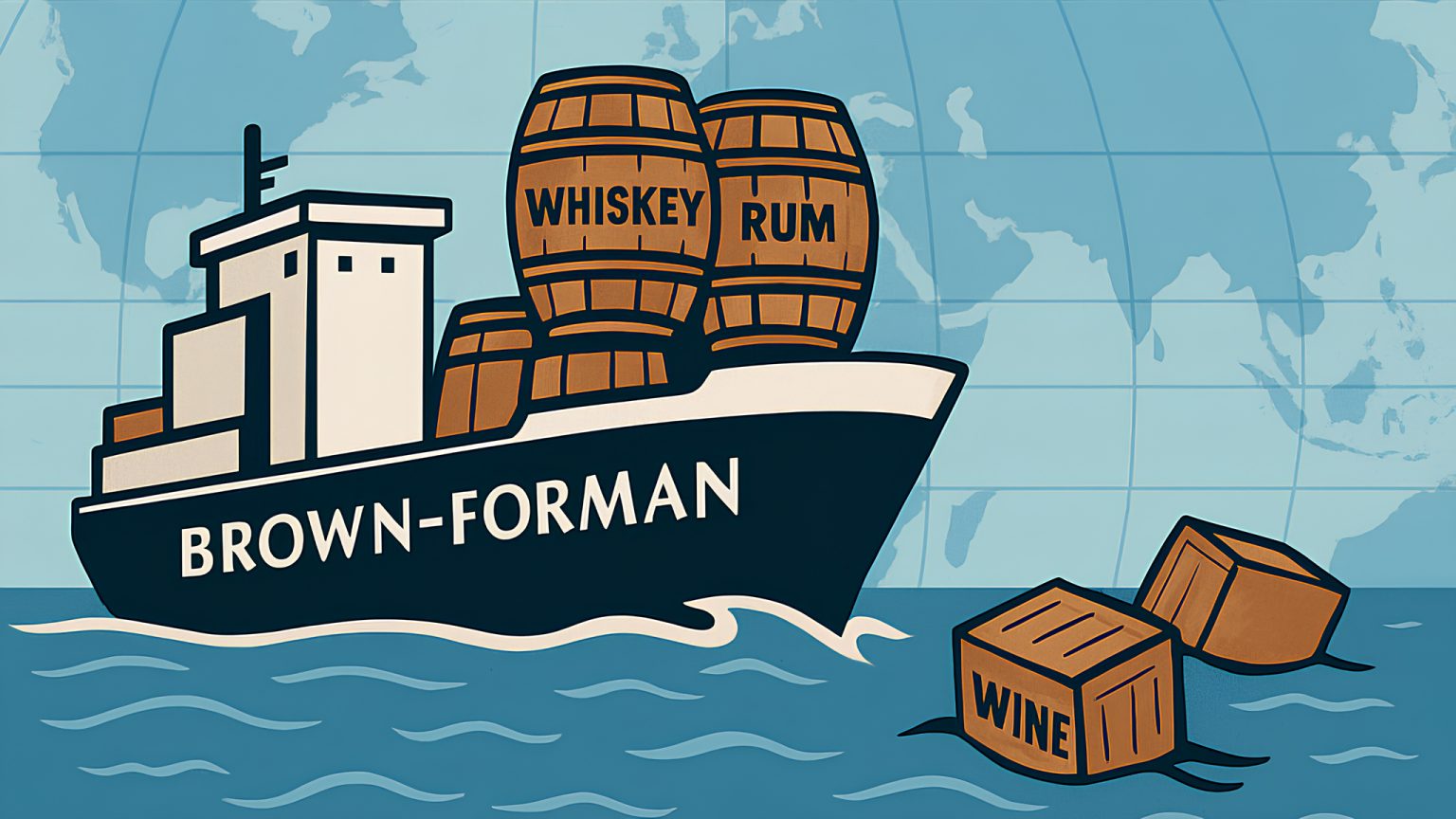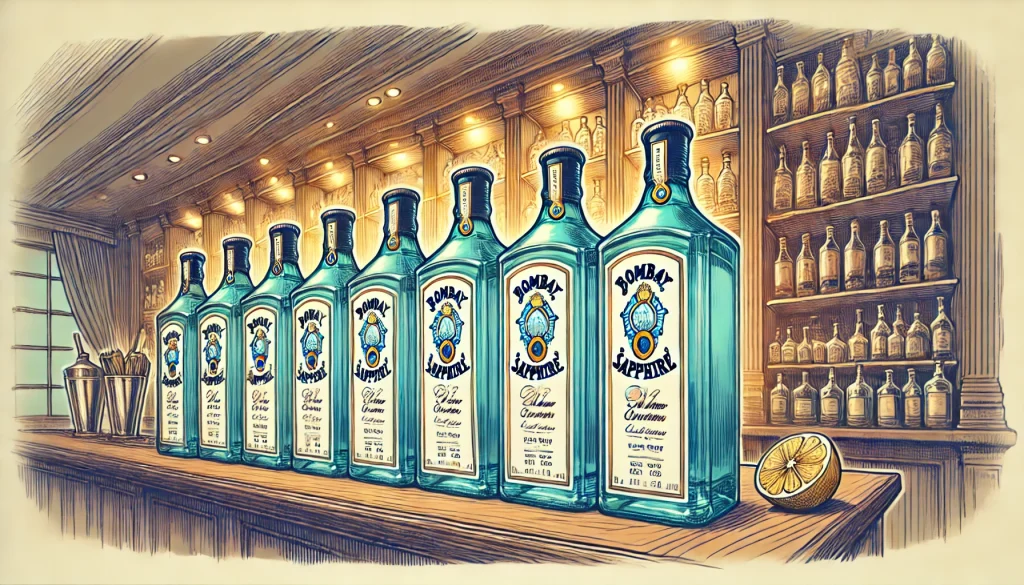A Reality Check in a Shifting Spirits Landscape
Brown-Forman’s latest results aren’t just a financial update—they’re a snapshot of how a global spirits heavyweight is repositioning itself in a market that’s getting harder to read. Inflation, shifting tastes, and geopolitical jitters? Check. But even in this tough mix, the company behind Jack Daniel’s and Woodford Reserve is staying focused on what it does best: building premium brands and finding growth in the right places.
Let’s unpack what their Fiscal 2025 tells us—not just about Brown-Forman, but about the direction the spirits world might be heading.
Brand Focus: Slimming Down to Stay Sharp
One of the biggest signals from this year: Brown-Forman is streamlining. The company waved goodbye to Finlandia vodka and Sonoma-Cutrer wine, shedding categories that no longer fit the long game. Instead, it’s doubling down on brands like Woodford Reserve, Old Forester, and Diplomático, which all posted solid growth. Notably, Diplomático saw double-digit gains, showing that premium rum might finally be getting the spotlight it deserves.
This kind of brand pruning isn’t just cost control—it’s strategy. With consumer attention fragmenting and supply chains still tight, spirits companies are under pressure to focus on what truly moves the needle. Brown-Forman is clearly leaning into the idea that fewer, stronger brands are better than chasing volume everywhere.
Is this the beginning of a broader industry trend toward “premium core portfolios”? If the numbers hold, others may follow suit.
Global Markets: Betting on the Bold and the New
Regionally, the picture is mixed—but not without bright spots. The U.S., still Brown-Forman’s biggest market, saw a 7% decline in reported net sales, mainly due to brand exits and consumer pullback. But Woodford Reserve managed to grow, proving premium still sells—even when wallets tighten.
Emerging markets brought more reasons to cheer. Türkiye, Brazil, and the UAE delivered strong growth, helping emerging markets post a 9% organic net sales increase. Meanwhile, the company is getting more hands-on in key places like Japan and Italy, where it’s taken distribution back in-house. That’s not just logistics—it’s about owning the brand experience and building margin control in the long term.
This shift to controlled distribution echoes a broader movement in global spirits: less reliance on third parties, more vertical integration, especially in strategic growth regions.
Category Watch: Whiskey Holds, Tequila Struggles, RTDs Adapt
Whiskey continues to be the foundation. Net sales for the category were flat overall (+1% organically), with Jack Daniel’s Tennessee Whiskey and Woodford Reserve holding up. However, some super-premium Jack expressions underperformed compared to a strong prior year, suggesting that while core products still thrive, the high-end innovation wave may be settling.
Subscribe to our newsletter
Tequila, on the other hand, had a rough ride. el Jimador and Herradura both saw double-digit declines, hit by a tough Mexican market and fierce competition in the U.S. This underperformance comes at a time when tequila was expected to keep climbing. Has it hit a plateau, or is this just a correction?
Meanwhile, Ready-to-Drink (RTD) continues to evolve. Overall net sales fell 6%, but organically they rose 5%—with New Mix leading the charge. That’s a clear sign that, beyond the headline dip, RTDs still have legs, especially in markets where affordability and convenience are king.
Together, these shifts suggest that category performance is less about trends, more about execution. Whiskey’s staying power, tequila’s volatility, and RTD’s reinvention all reflect how consumer priorities are evolving.
Restructuring: A Leaner Machine for What’s Next
Brown-Forman isn’t just tweaking its portfolio—it’s reworking the machine behind it. A 12% workforce reduction, the closure of its Louisville cooperage, and other cost measures are expected to deliver $70–80 million in annual savings. That’s not small change, especially when every margin point counts.
These moves aren’t just about reacting to tough times—they’re part of a bigger repositioning. Brown-Forman is signaling that it’s ready to play lean and fast in a slower-growth environment. Fiscal 2026 guidance is modest (low single-digit declines expected), but the company’s focus is on future flexibility—investing in innovation, tightening operations, and staying responsive to global shifts.
What This Means for the Industry
Brown-Forman’s 2025 story isn’t about a company in trouble—it’s about one adjusting to a new normal. The past few years have made it clear: volatility is here to stay. Whether it’s shifting demand, FX swings, or tariffs, the spirits industry is moving into an era where resilience means clarity, agility, and focus.
For brands across the board, Brown-Forman’s playbook offers clues:
- Shed complexity, keep what scales
- Invest in markets where growth still runs hot
- Don’t confuse premium with just high price points—core classics still count
- Control more of your route-to-market if you can
It’s not the flashiest strategy, but in a world that’s anything but stable, it just might be the smartest.



